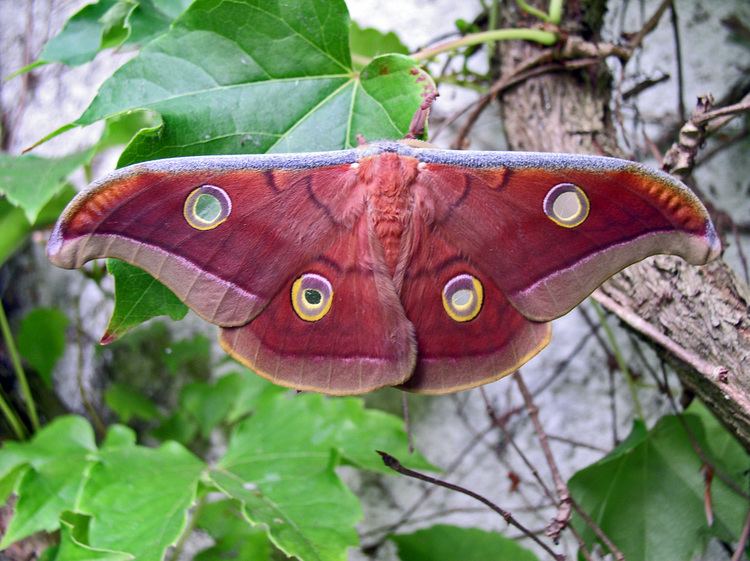Kingdom Animalia Class Insecta Suborder Ditrysia Rank Species | Phylum Arthropoda Order Lepidoptera Superfamily Bombycoidea | |
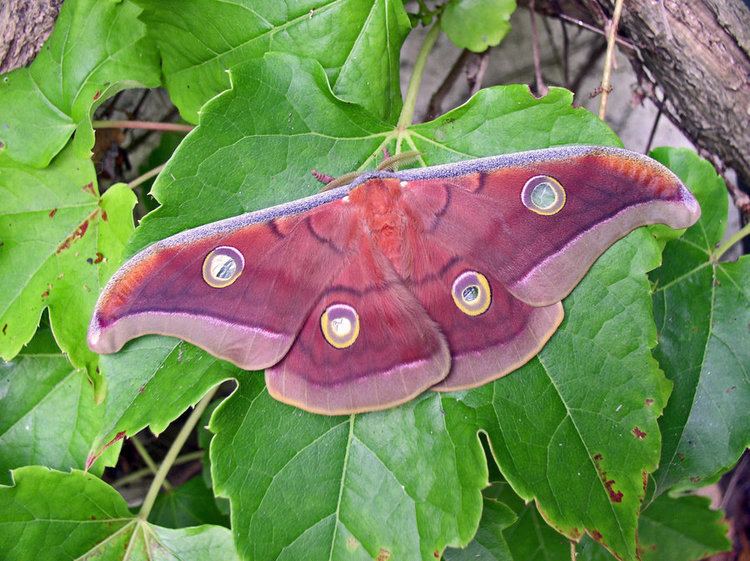 | ||
Similar Antheraea, Antheraea assamensis, Antheraea pernyi, Samia, Antheraea yamamai | ||
Antheraea mylitta saturniid moth pfauenspinner
Antheraea mylitta is a species of moth in the family Saturniidae known commonly as the tasar silkworm and vanya silkworm. It is actually one of a number of tasar silkworms, species that produce Tussar silk, a kind of wild silk that is made from the products of saturniid silkworms instead of the domesticated silkworm (Bombyx mori). This species is native to India.
Contents
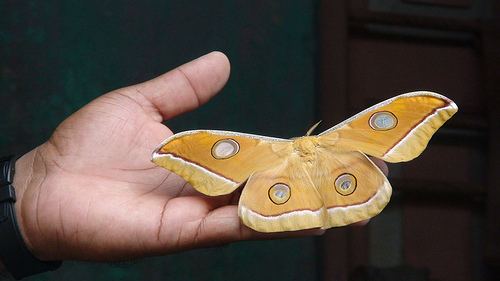
This species is variable, with at least 44 identified ecoraces, populations adapted to varied ecological conditions and food plants. Ten ecoraces are used for silk production and have been studied to obtain data about their life cycles and silk characteristics. Some ecoraces are so well differentiated that they do not interbreed in nature, though they are not genetically distinct and can be bred in captivity.
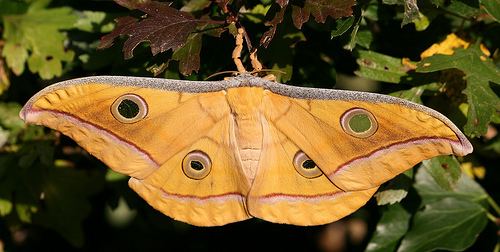
This species feeds mainly on Terminalia trees and on Shorea robusta. It also eats many other kinds of plants, with various ecoraces specializing on certain taxa. Other plants appearing in its diet include Indian jujube (Ziziphus mauritiana), axlewood (Anogeissus latifolia), jambul (Syzygium cumini), kumbi (Careya arborea), anjan (Hardwickia binata), and species of teak (Tectona spp.) and crepe myrtle (Lagerstroemia spp.).
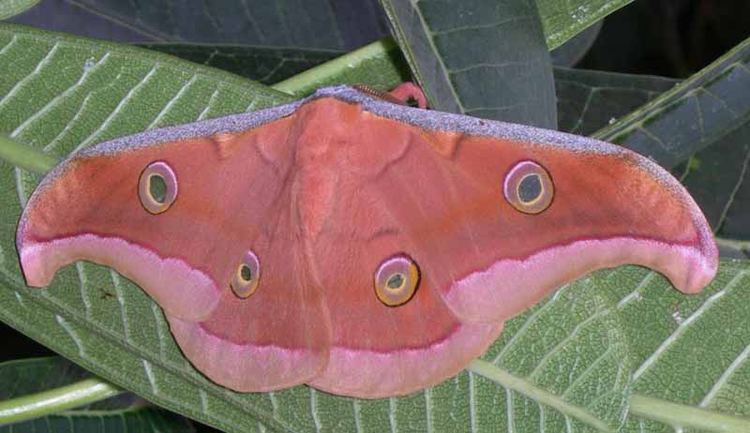
Tussar silk from this and related species of wild silkworms is a different color from domesticated silkworm silk, and it is coarser and stronger, making it more favorable in some applications.

Like the domesticated silkworm, this species is susceptible to pébrine, a disease caused by microsporidian fungi in the genus Nosema. It is lethal to the larvae. It is also commonly infected with the Antheraea mylitta cytoplasmic polyhedrosis virus (AmCPV), a reovirus which has been reported to destroy around 20% of each silk crop by inducing diarrhea in the larvae, leading to a condition known as grasserie. Natural enemies of this silkworm include the uzi fly (Blepharipa zebina), which is a parasitoid that uses the silkworm larvae as a food source for its maggots.

Many ecoraces are threatened due to extensive deforestation and the collection of cocoons from wild populations.
Life cycle of antheraea mylitta
Subspecies
